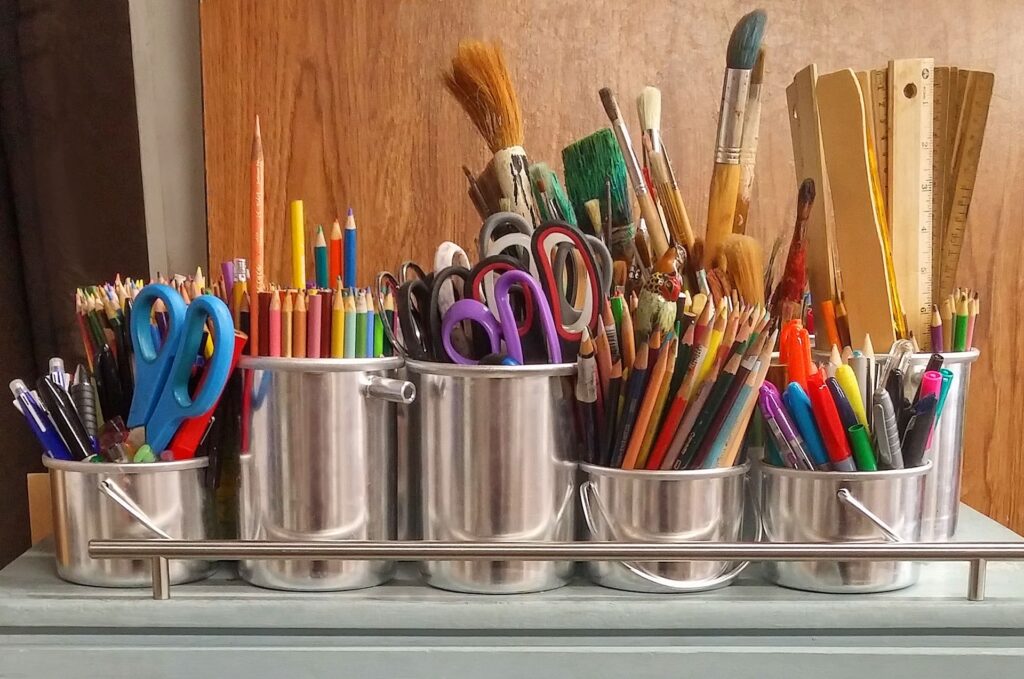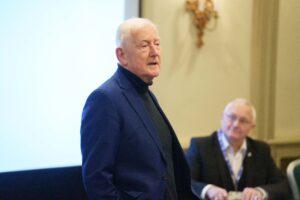The CleanAir@School programme saw over 100 schools across Europe use low-cost, easy-to-use air quality samplers to educate pupils how to collect data on air pollution.
Over 100 schools across 8 European countries signed up to the CleanAir@School citizen science initiative, jointly organised by the European Environmental Agency (EEA) and Heads of Environmental Protection Agencies (EPA).
In a bid to monitor air quality in the heart of the community, schoolchildren measured pollution levels, learned about air quality and promoted actions for clean air as part of the CleanAir@School citizen science initiative.
From 2018 to 2020, pupils, parents and teachers used simple, low-cost devices around their schools to measure nitrogen dioxide levels, a key road traffic pollutant harming human health.
Pupils measured air quality using passive NO2 samplers, placing one on the road in front of the school, and another in a less polluted area, such as the backyard.
Across the eight participating European countries, schoolchildren learnt about air quality, the ways to improve it, making resources such as posters and videos about their learning.
This sparked the wider school to create projects that included promoting walking, cycling and using public transport to travel to school, instead of using cars.
The initiative demonstrated how citizen science could complement official environmental reporting, whilst engage the public in the issue of air pollution.




